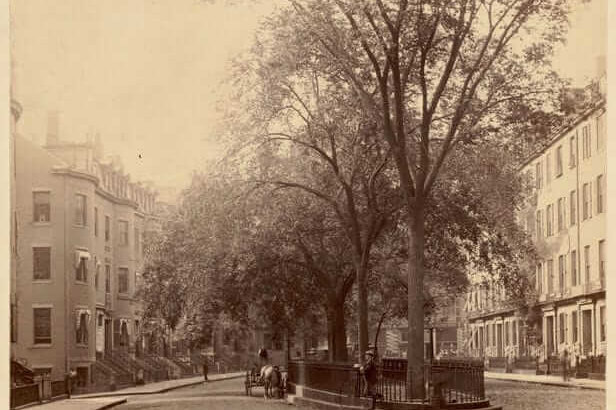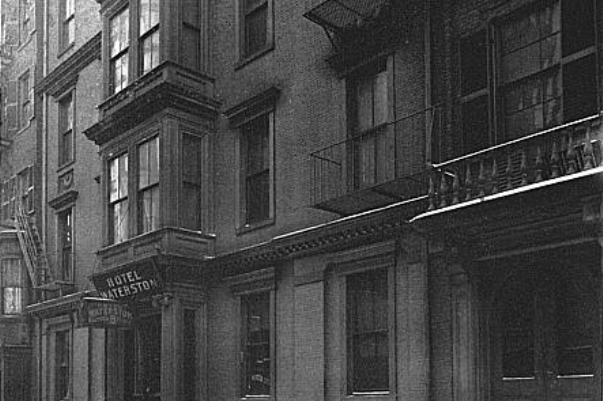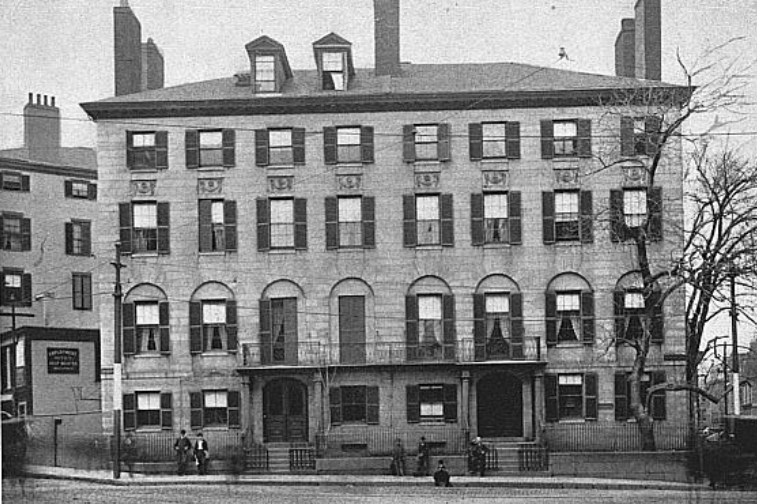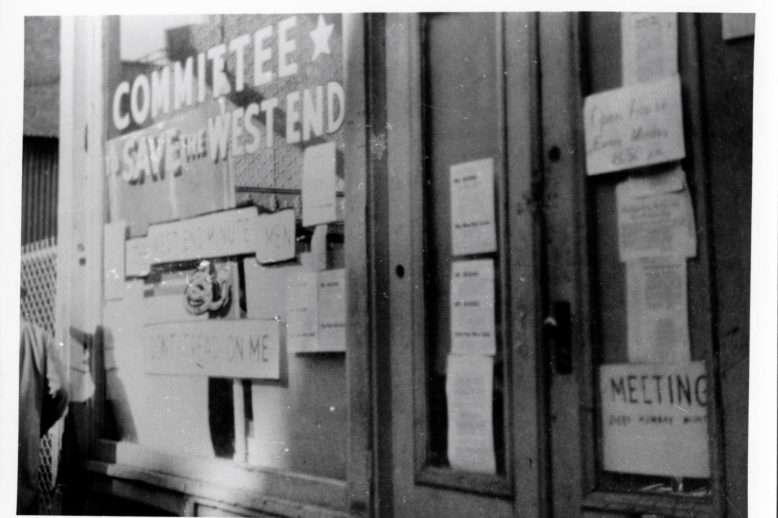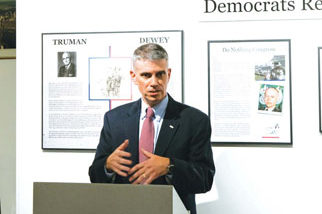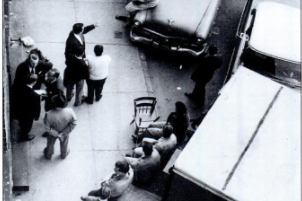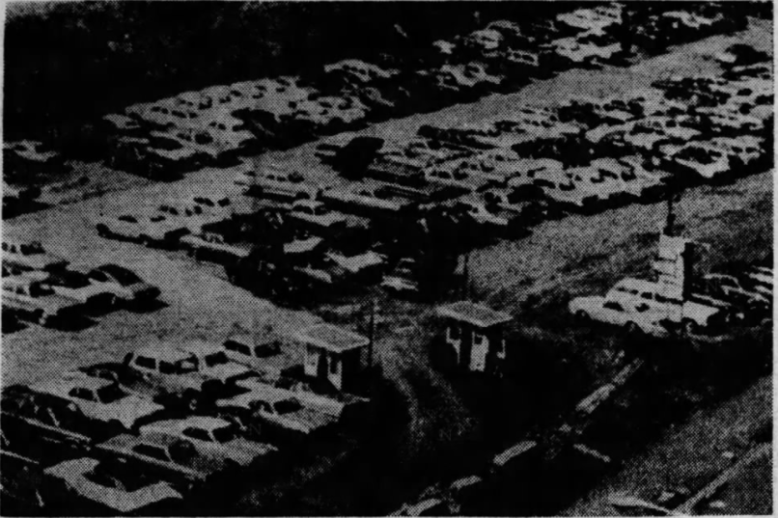Topic: Urban Renewal
Urban renewal, the West End Project, the North Station Project, the Government Center Project, City Hall, renewal projects in other cities
Bostonians familiar with the demolition of the West End may not know how another once-prominent location in the city disappeared from the map. This spot, located on Beacon Hill, was designed for the homes of wealthy Boston families, and was established at about the same time as another famous residential location further down “the Hill.” But, unlike Louisburg Square, which is today synonymous with old Brahmin Boston, Pemberton Square remains largely forgotten, its remnants barely visible.
Urban renewal in Cairo, the capital of Egypt, over the past few decades has prioritized “slum clearance” with uneven results, and failed to ensure affordable housing for all of the city’s poor. Comparing urban renewal in Cairo to the West End suggests shared global challenges for urban redevelopment which remain with us today.
The Hotel Waterston, built in 1874 through a remodeling and expansion of the Charles Bulfinch House on 8 Bulfinch Place in the West End, maintained Bulfinch’s facade while adding additional stories. The Waterston had many prominent guests, including Walt Whitman, during the late nineteenth century, and the hotel stayed in business until it was demolished by urban renewal in 1961.
Abbott Lowell Cummings, once the leading expert on early New England architecture, spoke out and took action in response to the indiscriminate clearance of the West End during the urban renewal period.
In the late 1950s, the Committee to Save the West End brought residents and political leaders together to vigorously oppose the Boston Redevelopment Authority’s plan to raze 50 acres of the neighborhood.
In 2015, Brian Golden, director of the BPDA, gave the City of Boston’s formal apology for the destruction of the old West End. He delivered the apology in a speech at The West End Museum, and his words continue to hold meaning for current debates about urban renewal powers in the city.
The history of urban renewal in the West End is well-known, and locals are familiar with names of the “last West Enders” who refused to leave their neighborhood. As the aftermath of urban renewal lives with us today, there are a few ways to look at “the last” of the old neighborhood.
Augustus Mantia and his family owned the West End parking lot Staniford Street during the 1960s. Cars parked on an unpaved field where vibrant tenements once stood before their demolition by the Boston Redevelopment Authority in the late 1950s. Public backlash against the Mantias’ monopoly over the lot – with high profits, abnormally low rent, and no competitive bidding process – led the City to close the parking lot in January 1971.


